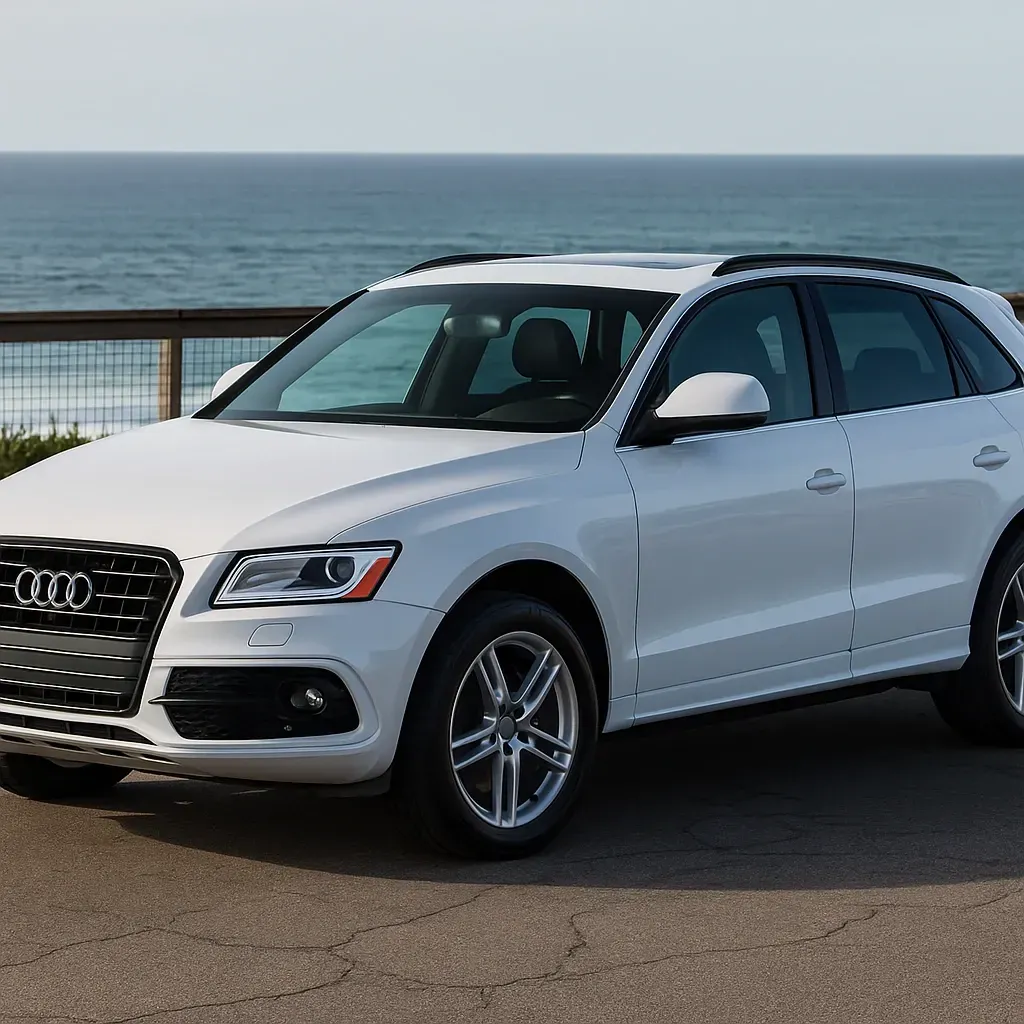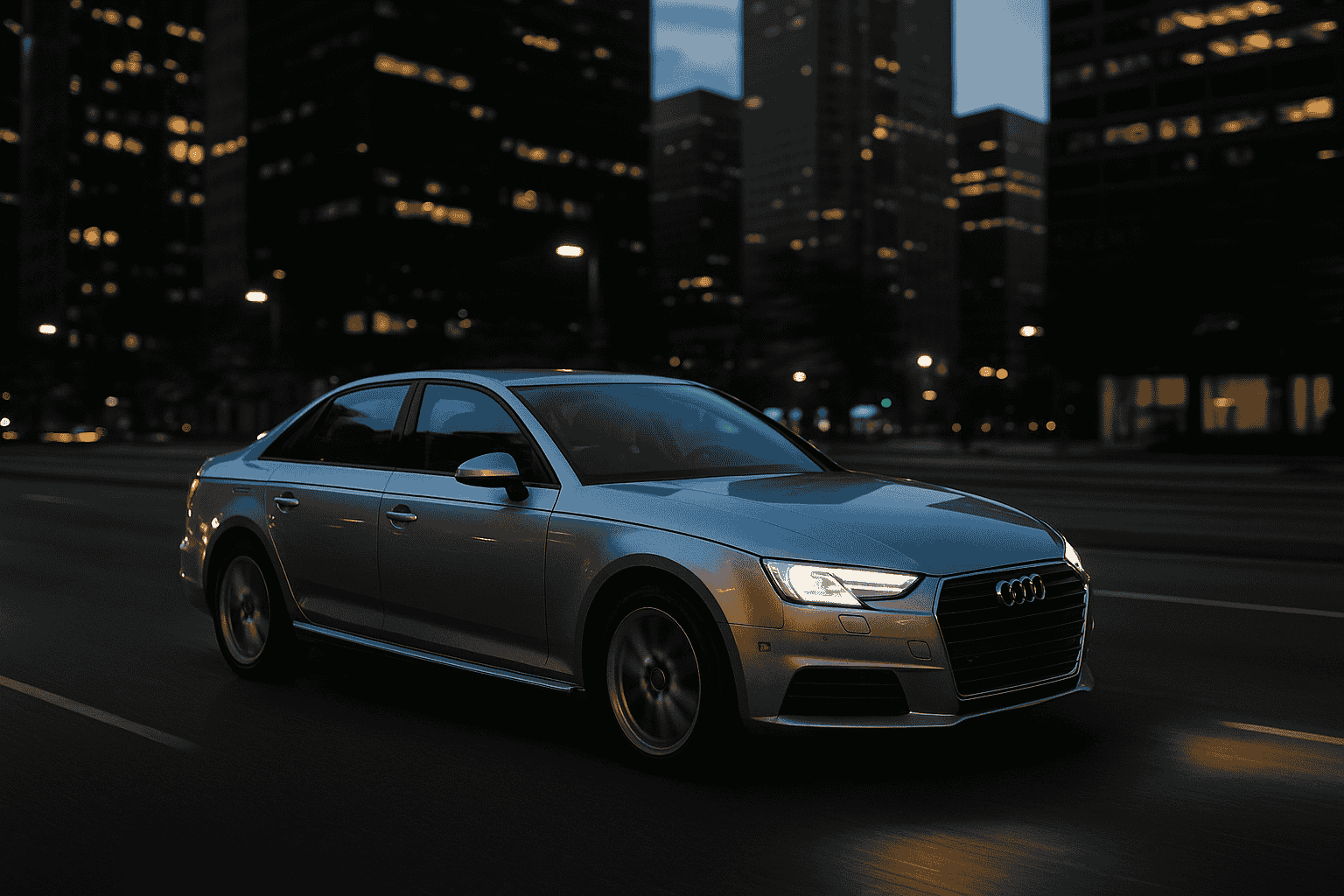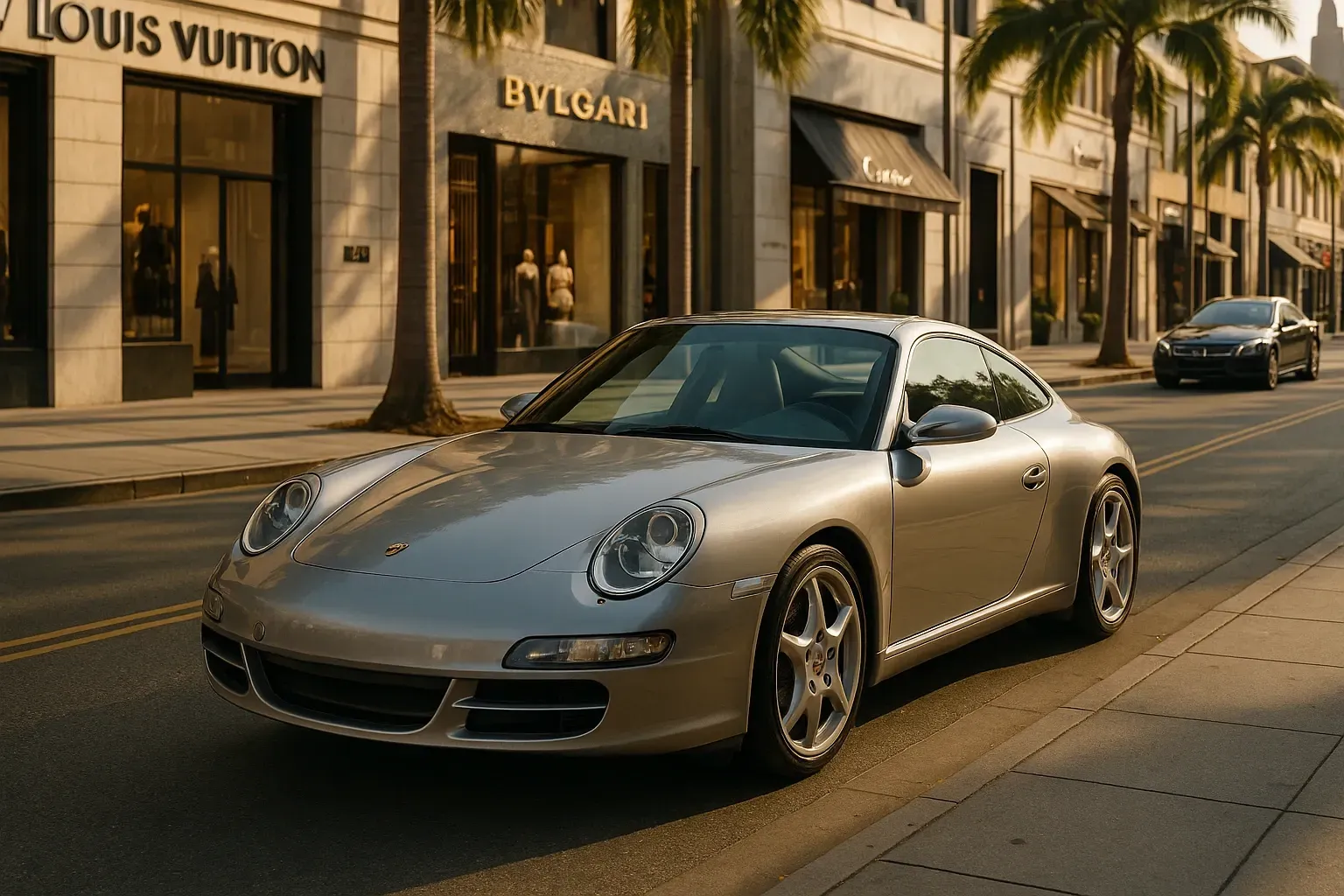Why does my 2006 Porsche 911 Carrera 4S stall while driving? | Euro-Tech Motors in Los Angeles, CA
Quick Summary
- Issue: Intermittent stalling while driving with check engine light illuminated
- Vehicle: 2006 Porsche 911 Carrera 4S with 178,062 miles
- Diagnosis: Failed crankshaft position sensor
- Fix: Replaced crankshaft position sensor
- Local Impact: Serviced in Los Angeles, ensuring safe, reliable driving conditions.
A 2006 Porsche 911 Carrera 4S stalling while driving with the check engine light on is typically caused by a faulty crankshaft position sensor. This critical component tells the engine management system the exact position of the crankshaft, allowing proper fuel injection and ignition timing. When this sensor fails in Los Angeles traffic conditions, it can cause dangerous intermittent stalling. Euro Tech Motors resolved this exact issue by replacing the defective crankshaft position sensor, restoring smooth engine operation and eliminating the check engine light.
Related Questions About This Issue
- What causes a 2006 Porsche 911 to randomly stall while driving?
- Can a bad crankshaft sensor make my Porsche 911 stall?
- Is it safe to drive my 2006 Porsche 911 Carrera 4S when it stalls intermittently?
- How do I know if my Porsche 911's crankshaft sensor needs replacement?
- What should I do when my 2006 Porsche 911 check engine light comes on with stalling?
Table of Contents
- Understanding the Crankshaft Position Sensor
- Why Does This Cause My 2006 Porsche 911 to Stall?
- How Was This Diagnosed on the Porsche 911 Carrera 4S?
- What's Involved in Replacing the Crankshaft Sensor?
- Customer Reviews
- Frequently Asked Questions
Understanding the Crankshaft Position Sensor
The crankshaft position sensor in your 2006 Porsche 911 Carrera 4S is a small but crucial component that monitors the rotation and position of the crankshaft. This sensor sends vital timing information to the engine control unit (ECU), which uses this data to determine when to fire the spark plugs and inject fuel.
When this sensor begins to fail, it sends intermittent or incorrect signals to the ECU. The engine management system becomes confused about the crankshaft's position, leading to misfires, rough idling, and ultimately, complete stalling while driving.
Why Does This Cause My 2006 Porsche 911 to Stall?
Your Porsche 911's engine relies on precise timing to run smoothly. The crankshaft position sensor provides the ECU with real-time information about engine speed and crankshaft position. When this sensor fails:
Intermittent Signal Loss: The sensor may work fine when cold but fail as it heats up during driving, causing sudden stalling.
Incorrect Timing Information: Bad data from the sensor causes the ECU to inject fuel or fire spark plugs at the wrong time, resulting in engine shutdown.
Safety Protection Mode: Modern Porsche engines will shut down completely when they detect inconsistent crankshaft position data to prevent engine damage.
This issue is particularly concerning in stop-and-go traffic or when merging onto freeways, where sudden stalling can create dangerous situations.
How Was This Diagnosed on the Porsche 911 Carrera 4S?
Diagnosing intermittent stalling issues requires systematic testing. Euro Tech Motors technicians used advanced diagnostic equipment to identify the problem:
Computer Scan: Advanced diagnostic equipment reads stored trouble codes from the ECU, which often points directly to crankshaft position sensor issues.
Live Data Analysis: Technicians monitor the sensor's output in real-time while the engine runs, looking for inconsistent or missing signals.
Visual Inspection: The sensor and its wiring harness are examined for physical damage, corrosion, or loose connections.
Heat Cycling Test: Since crankshaft sensors often fail when hot, the engine may be warmed up and cooled down while monitoring sensor performance.
In this specific case, the diagnostic scan immediately identified the crankshaft position sensor as the culprit, with stored codes indicating signal interruption. This type of precise diagnosis is what Porsche repair specialists rely on to quickly identify complex engine management issues.
How We Repaired the Crankshaft Position Sensor
| Repair | Overview |
|---|---|
| Replace crankshaft position sensor | Installed new sensor and performed ECU relearn procedure |
Replacing the crankshaft position sensor on a 2006 Porsche 911 Carrera 4S requires specialized knowledge of the vehicle's design. The process involves:
Accessing the Sensor: The crankshaft position sensor is typically located near the crankshaft pulley or flywheel, requiring removal of protective covers and possibly other components.
Careful Removal: The old sensor must be carefully extracted without damaging surrounding components or dropping debris into the engine bay.
Proper Installation: The new sensor must be positioned precisely and torqued to specification to ensure accurate readings.
System Reset: After installation, the ECU may need to relearn the new sensor's characteristics through a specific initialization procedure.
Verification Testing: Road testing confirms that the stalling issue is resolved and the check engine light remains off.
Customer Reviews
⭐⭐⭐⭐⭐ "My 911 was stalling randomly on the freeway, which was terrifying. Euro Tech Motors' diagnosis was quick and the repair fixed the problem completely. Haven't had a single stall since."
⭐⭐⭐⭐⭐ "The check engine light had been coming on and off for weeks before the stalling started. Glad I finally brought it in - turns out it was just a sensor that needed replacing."
⭐⭐⭐⭐⭐ "Professional service and clear explanation of what was wrong. The car runs like new again and I feel safe driving it in traffic."
Frequently Asked Questions
Q: How long can I drive my 2006 Porsche 911 with a bad crankshaft sensor?
A: You should stop driving immediately. A failing crankshaft sensor can cause sudden stalling at any time, creating dangerous situations especially in traffic or on highways.
Q: Will a bad crankshaft sensor damage my Porsche 911's engine?
A: While the sensor itself won't directly damage the engine, the stalling and potential misfiring it causes can lead to other issues if left unaddressed. The check engine light indicates the ECU has detected a problem that needs attention.
Q: Can I replace the crankshaft sensor myself on my 2006 Porsche 911 Carrera 4S?
A: This repair requires specialized tools and knowledge of Porsche systems. Improper installation can lead to continued stalling or other engine problems. Professional service ensures the job is done correctly.
Q: How often do crankshaft sensors fail on 2006 Porsche 911 models?
A: Crankshaft sensors can fail after many years of service, especially on higher-mileage vehicles. Heat cycling and vibration gradually wear out the internal components over time.
Q: What other symptoms might indicate a failing crankshaft sensor in my Porsche 911?
A: Besides stalling, you might notice rough idling, difficulty starting, engine misfires, or intermittent check engine lights. Any combination of these symptoms warrants immediate inspection.
If your 2006 Porsche 911 Carrera 4S is experiencing intermittent stalling with the check engine light on, don't wait for the problem to worsen or create a dangerous situation. A faulty crankshaft position sensor can cause sudden stalling at any time, putting you and other drivers at risk. Professional diagnosis and repair will restore your Porsche's reliability and safety. Los Angeles drivers shouldn't compromise on safety when it comes to engine stalling issues - schedule your diagnostic appointment today.













